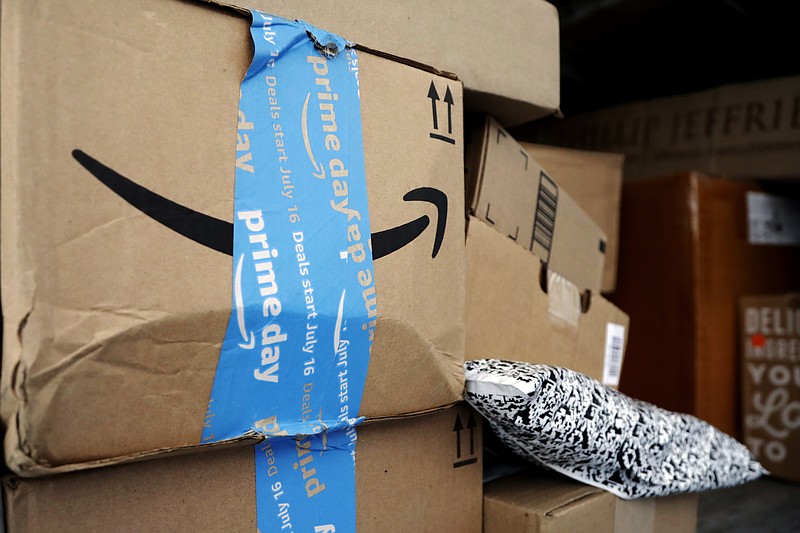Amazon had already revolutionized the way people read books, watch TV and shop online. And now it has succeeded in transforming the retail calendar.
Today is the start of Amazon's annual Prime Day sale, when subscribers to the company's Prime service get major discounts on everything from flat-screen TVs to Ben & Jerry's ice cream. Now in its fifth year, the sale has grown so large that the term Amazon Prime Day no longer quite captures it. This year's Prime sale stretches across two days, and Amazon is not the only company involved. A record 250 retailers are offering their own sales to compete with Prime Day.
Analysts call this confluence of summertime promotions "Black Friday in July." In 2018, retailers in the United States recorded $447 billion in July sales, $4 billion more than their total that December.
But the emergence of a second major shopping season - four months before Thanksgiving - may come at a cost for the hundreds of retailers scrambling to keep up with Amazon.
"There are all these retailers that are jumping on the bandwagon," said John Nash, the chief marketing and strategy officer at RedPoint Global, a data management firm that works with retail companies. "Retailers need to turn their marketing dollars into profitable revenue growth, and it is yet to be proven that these events are profitable."
Nash said stores should focus on creating long-term relationships with customers, rather than chasing temporary sales spikes.
"If retailers continue to prioritize episodic events over ongoing customer engagements throughout the year," he said, "consumers will be conditioned to buy this way - only when there is a major sale."
One risk that retailers should consider as they plan mid-July sales is cannibalization, said Guy Yehiav, the chief executive of Profitect, an analytics provider for the retail industry. Shoppers who buy heavily discounted items in July may be less inclined to return to the same stores later in the summer.
"By offering steep discounts on products now, retailers remove the incentive for their customers to visit during the traditional back-to-school season, when they can offer the same items at a planned margin," Yehiav said. "This costs retailers both margins and foot traffic."
Still, despite that risk, a number of retail chains - including J.C. Penney and Staples - have put back-to-school items like backpacks and notebooks at the center of their July sales campaigns. Kristin McGrath, a shopping expert at BlackFriday.com, said those deals would not necessarily cut into future sales, since many shoppers remain interested in back-to-school products throughout August.
"The pessimistic look is that Prime Day is really hurting brick-and-mortar retail," McGrath said. "But in a lot of ways, it's really inspiring them to innovate."
Amazon was not the first company to offer a major July sale. As early as 2012, Best Buy and Walmart used "Black Friday in July" to advertise summer deals. These days, however, hundreds of chains offer July deals, and most of the sales are the same week as Prime Day. Target's sale covers the same two days, and Walmart has promised bargain prices from Sunday to Wednesday.
"While you will see some retailers offer deals right after Prime Day, for the most part they've really got to come in and ride the Prime Day wave," McGrath said. "Because interest is going to drop when Prime Day ends."
But while the growth of Prime Day illustrates Amazon's power in the marketplace, the July sale season also offers retailers a chance to demonstrate what sets them apart from the e-commerce giant.
"They do have this physical footprint that they really should leverage," Nash of RedPoint Global said. "They can meet with consumers in person, let them physically touch products. That's an advantage."
